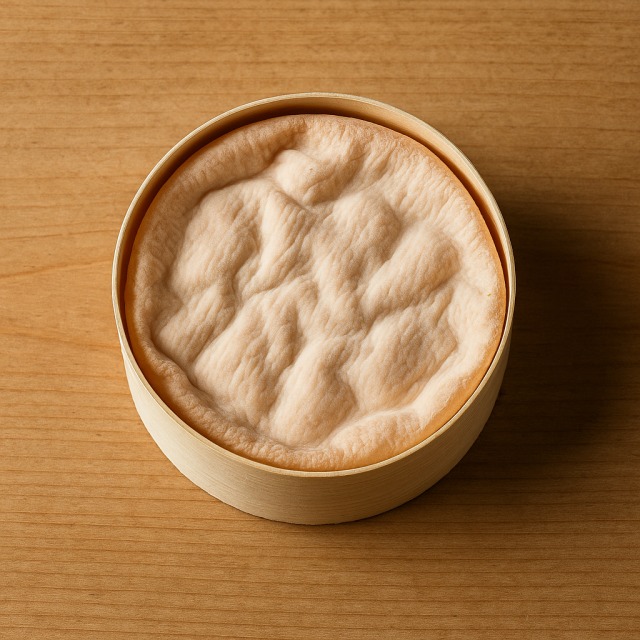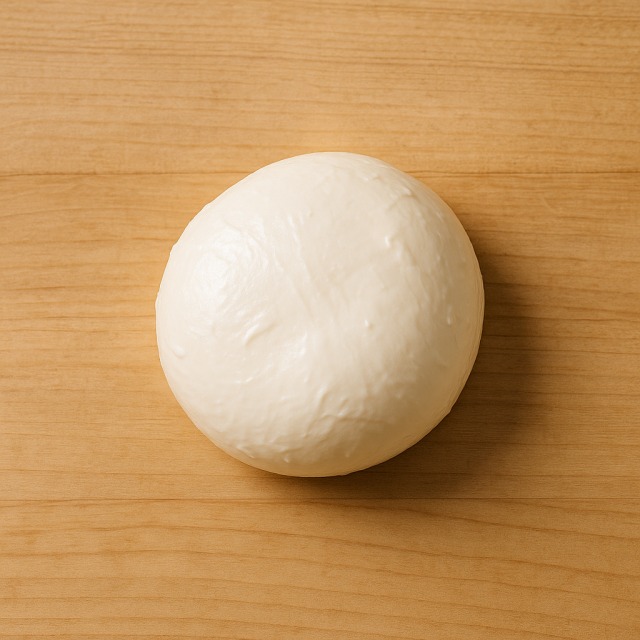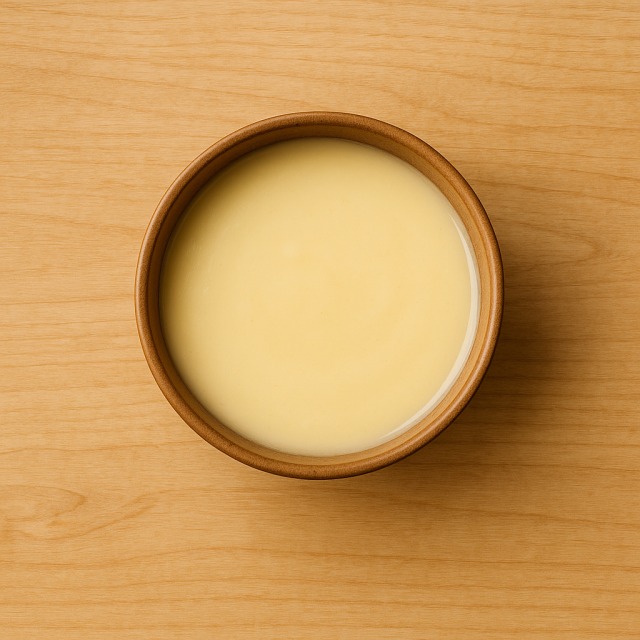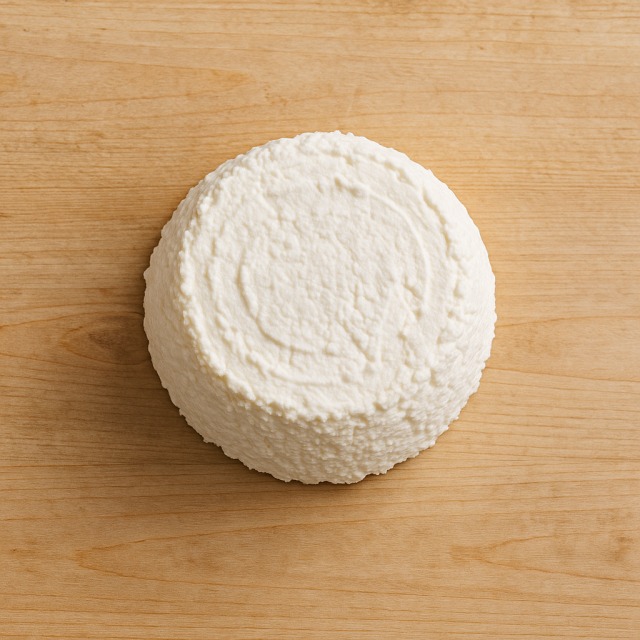Calorie Chart / Cheeses / Saint-Florentin
How Many Calories Are in Saint-Florentin?
Calculation of the nutritional value & Recommended Dietary Intake of Saint-Florentin
For g and a calorie requirement of kcal
| Calories 120 kcal | Proteins 8.4 g | Lipids 9.6 g | Carbohydrates 0 g |
| 6% | 11% | 14% | 0% |
Health benefits of Saint-Florentin

Saint-Florentin - 100g
Calories 300 kcal
Proteins 21 g
Lipids 24 g
Carbohydrates 0 g
With around 300 kcal per 100 g, Saint-Florentin is considered a high-calorie soft cheese. Nevertheless, its calories bring together valuable nutrients that can fit into a balanced diet when portions are controlled.
Thanks to its triple-cream texture, Saint-Florentin provides around 24 g of lipids per 100 g, including some conjugated linoleic acid (CLA), which is believed to play a role in body-composition regulation. The 21 g of proteins help maintain muscle mass and prolong satiety despite the calories.
Mineral-wise, this cheese is an excellent source of calcium and phosphorus for bone health, and it supplies zinc as well as vitamin B12, vitamin B2, and vitamin A. These micronutrients support immune function, red-blood-cell formation, and vision, making the calories more than "empty."
Originally produced near Auxerre in the Yonne département, Saint-Florentin was traditionally matured in rye straw, which encouraged the development of its fine, bloomy rind. That little bit of history is useful if you are comparing calories and flavors with other regional cheeses like Reblochon or Morbier.
Tips for incorporating Saint-Florentin into a balanced diet
Because the calories add up quickly, a 30 g portion (roughly a generous tablespoon) is a sensible serving. Enjoy it on a slice of baguette with a side of arugula and walnut salad; the peppery greens and healthy fats balance the rich calories of the cheese.
For a comforting yet mindful dish, melt a thin layer of Saint-Florentin over steamed potatoes and blanched broccoli. You still get the creamy mouthfeel while diluting the calories across plenty of vegetables and fiber.
If you love pasta, replace half the usual cream with 20–25 g of Saint-Florentin in a sauce. This trick intensifies flavor, so you can cut overall calories without losing the luscious texture.
Finally, try pairing the cheese with fruit desserts such as a baked apple or fresh pear. Their natural sweetness offsets the saltiness and helps you finish the meal satisfied, reducing the urge for additional high-calorie snacks.
Frequently Asked Questions
- How many calories are in Saint-Florentin?
- There are 300 kcal per 100 g.
- Is Saint-Florentin a protein-rich cheese?
- Yes. At 21 g of proteins per 100 g, it delivers a solid amount of protein for its calories, making it comparable to Emmental or Comté.
- Does Saint-Florentin have more calories than Brie?
- It is roughly in the same high-calorie range; Brie averages 280–310 kcal per 100 g, so Saint-Florentin's 300 kcal sit right in the middle.
- Can people with lactose intolerance eat Saint-Florentin?
- As a fresh soft cheese, it retains more lactose than aged cheeses. Those with mild intolerance may tolerate small portions, but for very sensitive individuals, lower-lactose options like dry goat cheese are safer.
- What is the best way to store Saint-Florentin?
- Keep it in its original paper inside an airtight box in the refrigerator (4 °C). Proper storage preserves flavor, texture, and prevents waste of calories through spoilage.
Similar foods
Information provided by Calorie Menu may contain inaccuracies or errors. It cannot, under any circumstances, substitute medical advice or medication.










